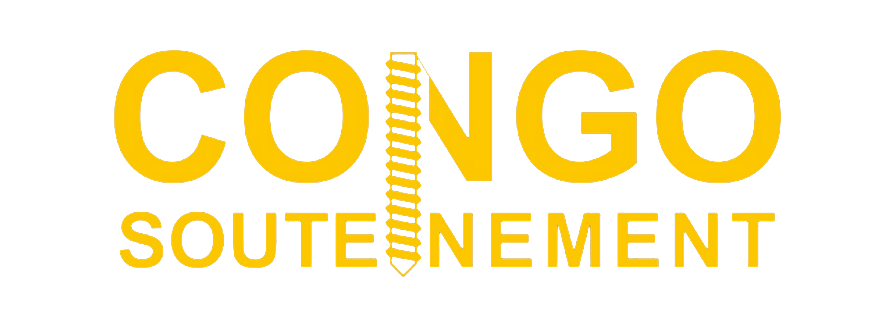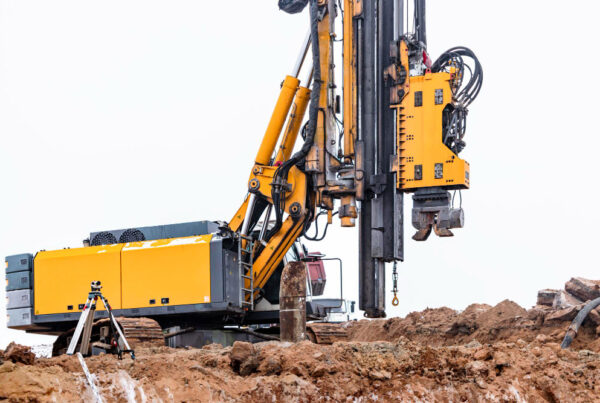Selecting the right foundation method is a critical decision in construction projects, impacting the stability, cost, and longevity of the structure. Foundation piles and other foundation methods each offer unique advantages and challenges. This article compares foundation piles with other common foundation methods, including spread footings, mat foundations, and drilled shafts, highlighting the pros and cons of each to aid in informed decision-making.
Foundation Piles
Pros:
1. High Load-Bearing Capacity: Foundation piles are capable of supporting heavy loads, making them suitable for large structures like high-rise buildings and bridges.
2. Versatility: Piles can be used in a variety of soil conditions, including soft, loose, or waterlogged soils where other foundation methods may be ineffective.
3. Minimal Settlement: Properly designed and installed piles minimize settlement, ensuring long-term stability.
4. Deep Foundation Capability: Piles can be driven deep into the ground, reaching stable soil layers and providing a solid foundation even in challenging conditions.
Cons:
1. Cost: Piling can be more expensive than shallow foundation methods due to the need for specialized equipment and materials.
2. Noise and Vibration: The installation process can generate significant noise and vibration, which may be disruptive in urban areas.
3. Complex Installation: The process requires skilled labor and careful planning to ensure proper installation and alignment.
Spread Footings
Pros:
1. Cost-Effective: Spread footings are generally less expensive to construct compared to deep foundations.
2. Simple Construction: The construction process is straightforward and does not require specialized equipment.
3. Suitable for Light Loads: Ideal for small to medium-sized structures with relatively light loads.
Cons:
1. Limited to Shallow Foundations: Not suitable for deep foundations or areas with poor soil conditions.
2. Potential for Settlement: More prone to settlement issues in certain soil types, which can affect the stability of the structure.
3. Space Requirements: Requires a large footprint, which may not be feasible in densely built-up areas.
Mat Foundations
Pros:
1. Uniform Load Distribution: Distributes loads evenly across a large area, reducing the risk of differential settlement.
2. Stability: Provides good stability for structures with variable load conditions.
3. Reduced Excavation Needs: Often requires less excavation compared to other deep foundation methods.
Cons:
1. High Material Costs: Can be expensive due to the large volume of concrete and reinforcement required.
2. Not Suitable for All Soils: May not be effective in areas with extremely soft or compressible soils.
3. Complex Design and Construction: Requires careful design and construction to ensure effectiveness.
Drilled Shafts (Caissons)
Pros:
1. High Load Capacity: Suitable for very heavy loads and deep foundations.
2. Reduced Noise and Vibration: The installation process is quieter and generates less vibration compared to driven piles.
3. Adaptability: Can be customized to suit various soil conditions and design requirements.
Cons:
1. Costly and Time-Consuming: More expensive and time-consuming to construct compared to shallow foundations.
2. Complex Installation: Requires specialized equipment and skilled labor.
3. Risk of Soil Collapse: Proper measures must be taken to prevent soil collapse during installation.
Conclusion
Choosing the appropriate foundation method is essential for the success and durability of any construction project. Foundation piles offer high load-bearing capacity and versatility but can be costly and disruptive. Spread footings are cost-effective and straightforward but limited to shallow applications. Mat foundations provide uniform load distribution but can be expensive and complex. Drilled shafts are ideal for heavy loads and deep foundations but come with high costs and installation challenges. By understanding the pros and cons of each method, engineers and builders can make informed decisions that ensure the stability and longevity of their projects.






